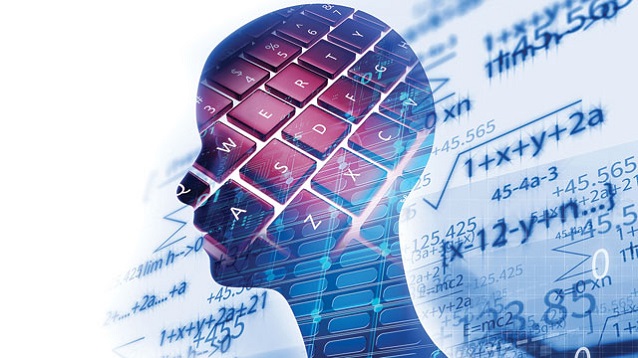Why Machine Learning is Important in Education Sector
As the technological world keeps changing, the education sector keeps improving as well. Machine learning is among the advanced technology in the sector concerning education. Machine learning has uplifted the education industry to extreme heights. Every institute strives to bring out the generation ready to face the competitive world. So what exactly is machine learning?
Machine learning is a section of artificial intelligence that deals with computer development programmes. The system is meant to analyze data automatically, then come up with a concrete solution without necessarily involving much of human knowledge. The bottom line is that ML mainly focuses on computer programmes.
The entire process starts by analysis of data, for instance, instructions or experience. The importance of this stage is to enable better decisions in future. The bottom line is to enable computers to analyze data and take actions as required automatically without assistance from a human being.
Algorithms involved in machine learning are classified based on whether they are supervised or unsupervised. There is supervised, semi-supervised, and unsupervised Algorithms Unsupervised Method Unsupervised classification happens when the information used to train is not labelled; neither is it classified. The main focus on the unsupervised algorithm is to explore how a system can assume a function to define the unknown structure from unlabeled data.
In simple terms, you do not have to supervise the model when it comes to machine learning techniques. Instead, the model operates on its own to get the information Supervised Method In the supervised method, it is the opposite of unsupervised whereby machine learning is only applicable after learning has already taken place. i.e., new data is retrieved from prior learning, whereby the new data is used to foresee future events. The onset of a supervised algorithm starts off by analyzing already known data. A conditional function is later on produced to predict expected results. This implies that the system can only produce a new target for new data after adequate training. The system is adaptable to any change like identifying errors and rectifying to get the desired results.






